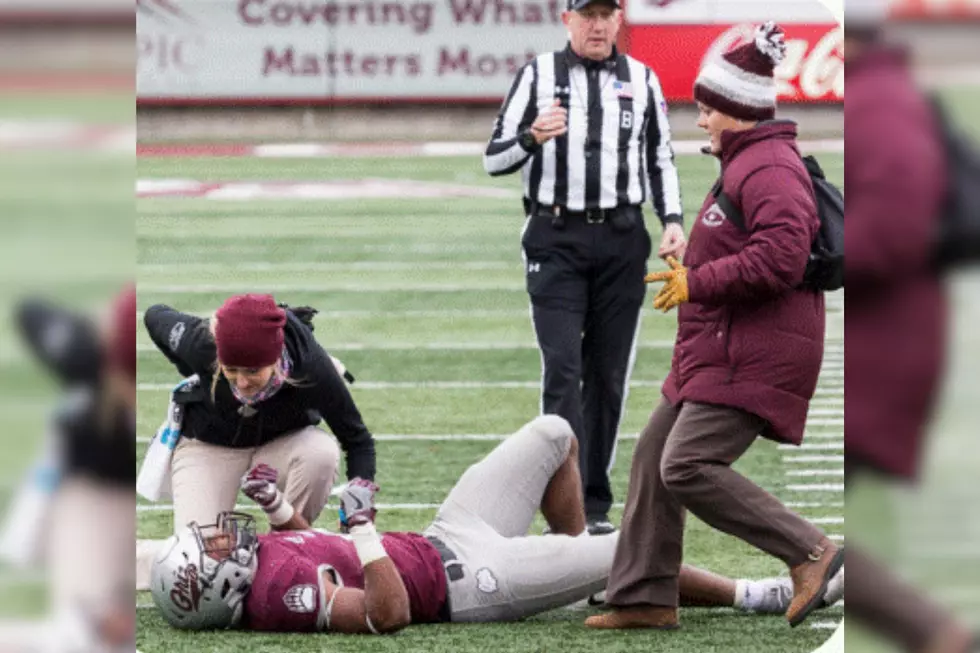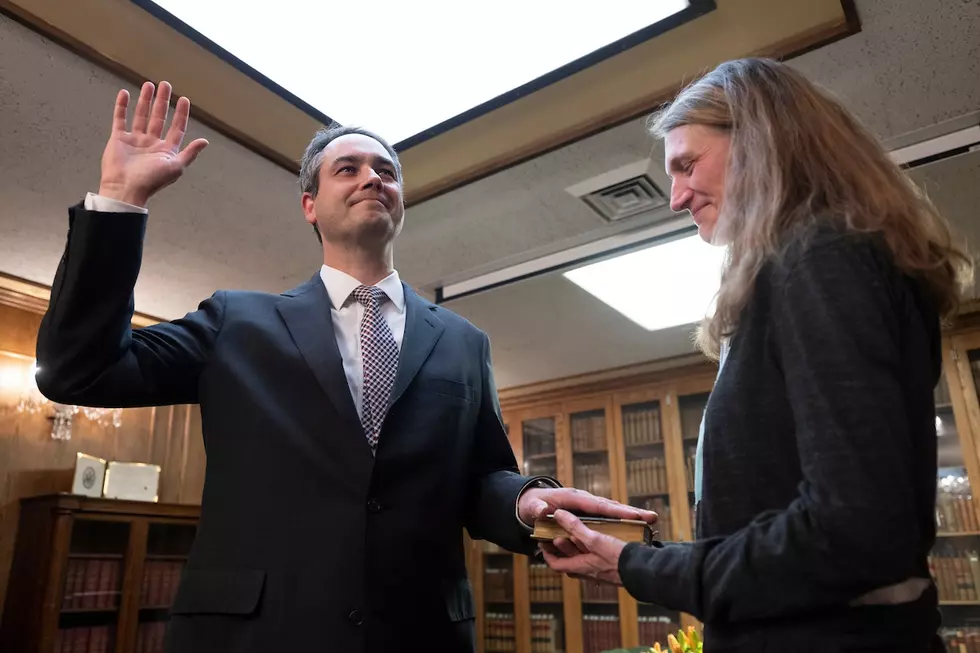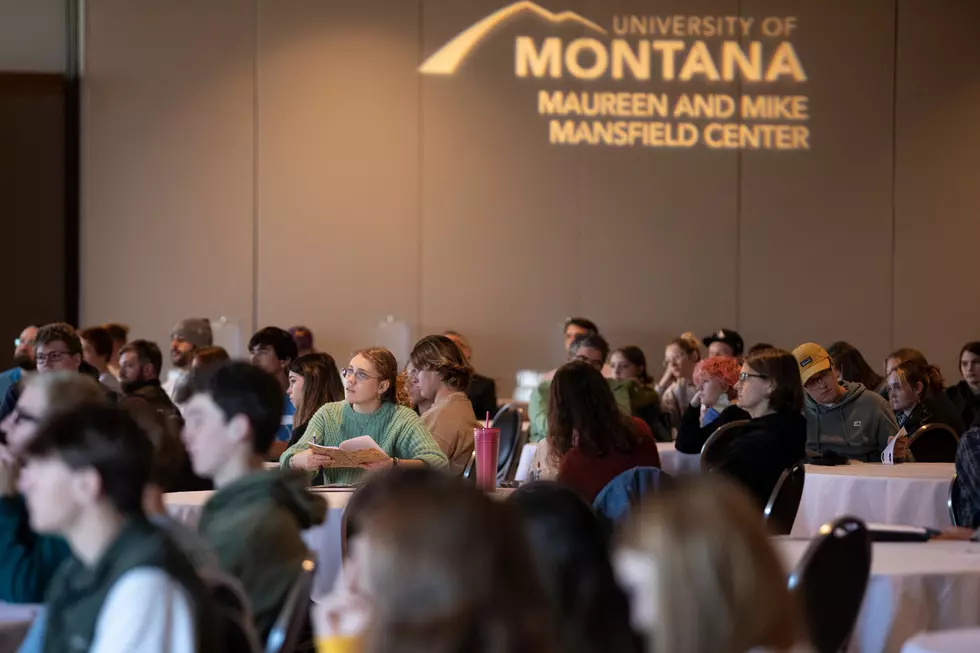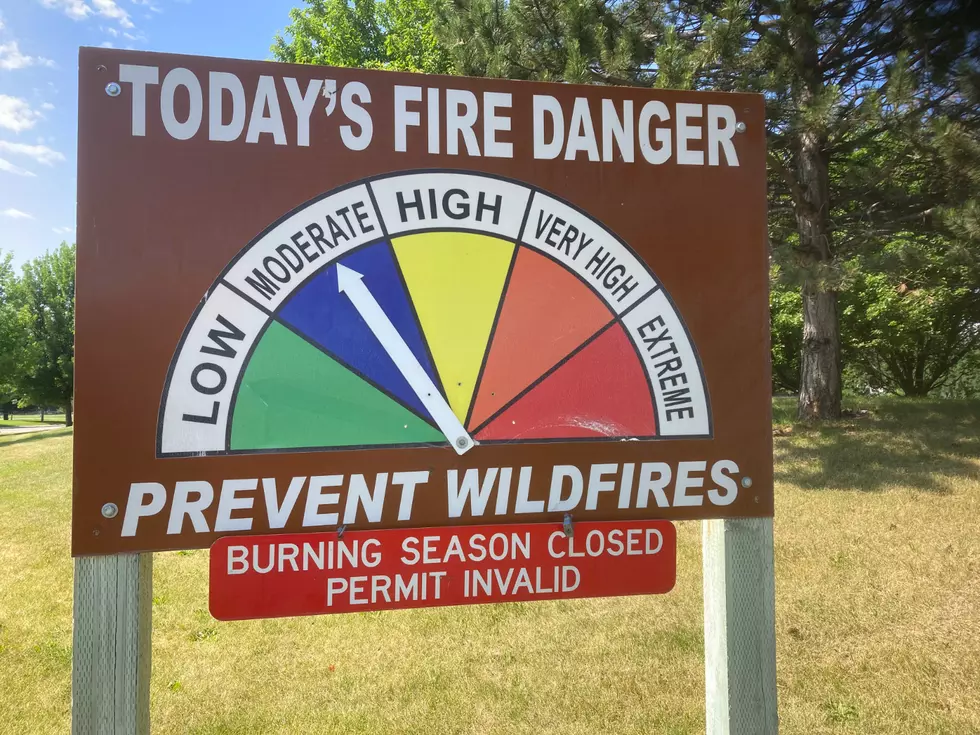
Downtown Excavation Site Reveals Missoula’s Rich History
Uncovering some of the artifacts buried under the city can help to reveal the day-to-day lives and interesting quirks of Missoula’s residents from over a century ago. Kelly Dixon, professor at the University of Montana’s Department of Anthropology, and Kate Kolwicz, graduate student at the UM, spoke to KGVO News about excavation work currently taking place along West Main and West Front of Downtown Missoula.
Recent construction at the soon-to-be opened Cranky Sam Public House has unearthed artifacts dating back to the 1880s and 1890s, and students at the University are busy cleaning, sorting, and identifying treasures that have been recently salvaged.
Kolwicz listed some of the items that have been discovered at the excavation site, some of which still contain residue that can be analyzed in a lab.
“There are probably thousands of artifacts, and that ranges from intact glass bottles, glass medicine and liquor bottles, to ceramics, also either broken or intact. We have some organic remains, like bones from beef, pork, and sheep. We even have some oyster shells, clams shells, and crab claws. We have metal stuff; we have a Chinese meat cleaver and some Chinese locks.”
The UM is working with the University of Idaho in Moscow to test some of residue found inside intact bottles and containers. One of the tested bottles contains medicine used to treat kidney stones.
Students have also been utilizing historical data to identify some of the structures that were in place some hundred years ago.
For example, the excavation site at the Cranky Sam Public House was formerly at the center of Missoula’s Red Light District. Artifacts such as cosmetic jars and perfume bottles mark the locations of ‘female boarding houses,’ or brothels, that flourished during the nineteenth century.
Another one of the major archeological discoveries that tell of Missoula’s deep cultural history was the unearthing of many Chinese artifacts, remnants of Missoula’s large Chinese population. Dixon talked about some of indications of Chinese history found during the excavation process.
“There were many Chinese people living in Missoula during the 1890s and early 1900s,” Dixon said. “We know that Chinese people were working to help build the transcontinental railroad, which came through this part of the world in the early 1880s. There was a Chinese community living in Missoula; there’s a Chinese store and Chinese temple, and we believe we have a lot of the artifacts from these establishments, the center of that community.”
According to a press release from the University of Montana, the former location of the Chinese temple is now occupied by Biga Pizza. Kolwicz is quoted in the press release saying that “we found artifact types associated with the Chinese specifically, such as Chinese-made ceramics, pill vials associated with Chinese traditional medicine, opium paraphernalia and Chinese game pieces and coins.”
Many of these artifacts have been unearthed in the area around Biga Pizza and the Cranky Sam Public House, whose owners have been working alongside UM archeology graduate students to collect artifacts discovered during construction.
The soon-to-be-opened Cranky Sam Public House was actually named after an infamous Chinese immigrant living in Missoula. His 1910 obituary read that “He was known to every frequenter of the restricted district as a man who knew no law and respected no person.” The Cranky Sam Public House serves to carry on the name of the Missoula icon.
This project has yielded the discovery of “a wonderful multicultural history that is coming to life,” Dixon said.
The UM archeology and anthropology team hopes to continue identifying and analyzing remains of historic Missoula. Some of the artifacts unearthed during the excavation process will be displayed at the Cranky Sam Public House, while the remainder will be used for education and research purposes.
In the UM’s press release, Kolwicz said that the excavation has given her the opportunity to work at a local dig site in her native town. “I have always been fascinated with the lives of ‘people of little note’ in historic Missoula,” she said. “I never dreamed that I would be lucky enough to find an archaeological site in downtown Missoula.”
More From Newstalk KGVO 1290 AM & 98.3 FM









